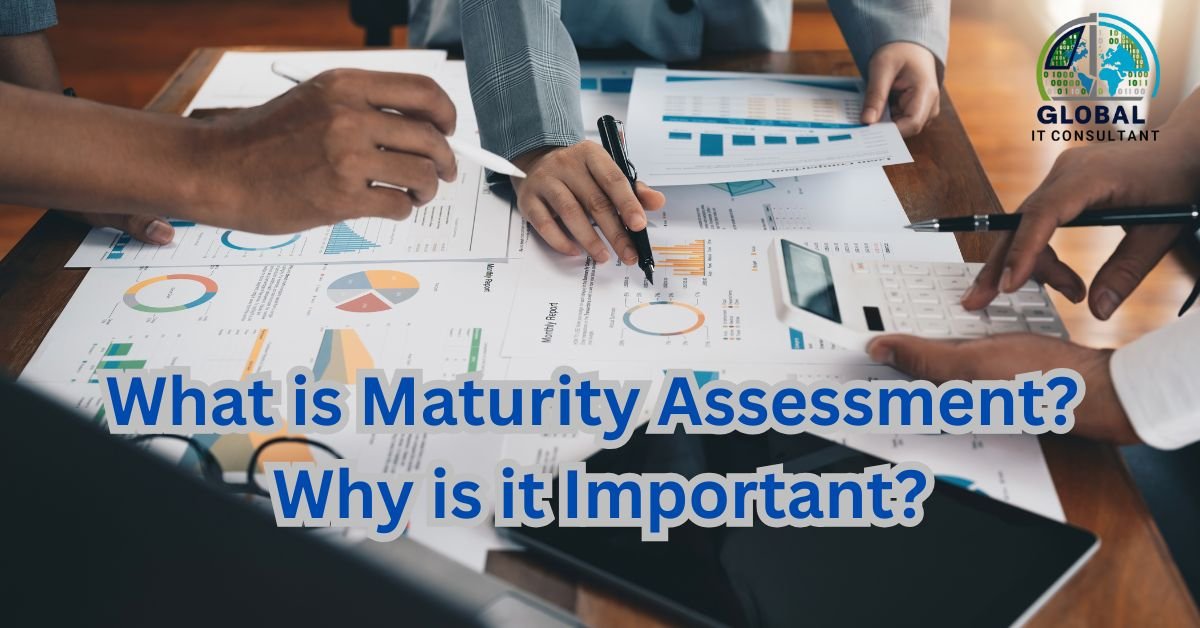Understanding Business Growth Through Structured Evaluation
In the ever-evolving landscape of business, technology, and governance, organizations constantly strive to improve and grow. But how can a business know where it stands today, what it’s doing well, and where it needs to improve? This is where a Maturity Assessment comes into play.
Definition of Maturity Assessment
A Maturity Assessment is a structured evaluation tool that helps organizations measure the current state of their processes, capabilities, or systems against a defined maturity model. It provides a benchmark for growth, highlighting strengths, weaknesses, and opportunities for improvement.
Maturity models typically use a scale—often from Level 1 (Initial/Ad Hoc) to Level 5 (Optimized/Innovative)—to rate how developed a particular process or function is.
Why is it Important?
Maturity assessments are crucial for several reasons:
- ✅ Strategic Planning: Helps leadership align resources and set realistic goals.
- ✅ Process Improvement: Identifies gaps in performance and offers insights on how to bridge them.
- ✅ Risk Management: Reveals vulnerabilities in operations, technology, compliance, or governance.
- ✅ Benchmarking: Allows comparison with industry best practices or competitors.
- ✅ Roadmap Creation: Acts as a foundation for creating transformation or improvement roadmaps.
Common Areas Where Maturity Assessments Are Used
- Digital Transformation
Evaluate readiness for adopting digital tools, automation, and innovation. - Cybersecurity
Assess policies, technologies, and incident response preparedness. - Project Management
Understand project governance, risk control, and delivery capabilities. - ESG and Sustainability
Measure environmental, social, and governance maturity across the supply chain. - Data Management & Analytics
Review how well data is governed, secured, analyzed, and used for decision-making.
Key Components of a Maturity Assessment
- Defined Maturity Model: A reference model that includes levels and criteria.
- Assessment Framework: Structured questions, surveys, or interviews.
- Stakeholder Involvement: Input from key roles within the organization.
- Analysis and Scoring: Results mapped to maturity levels.
- Recommendations: Insights, gaps, and action plans for advancement.
Benefits of Conducting a Maturity Assessment
- Improves transparency and accountability
- Supports informed investment and budget decisions
- Accelerates business transformation
- Encourages continuous improvement culture
- Enhances stakeholder confidence
Final Thoughts
A maturity assessment is not a one-time event but a strategic tool for continuous evaluation and growth. Whether you are a small startup or a global enterprise, understanding your current maturity level can help shape a smarter, more resilient, and future-ready organization.
Would you like this blog to be tailored for a specific industry (like healthcare, education, supply chain, etc.) or include a downloadable checklist or maturity model chart?

